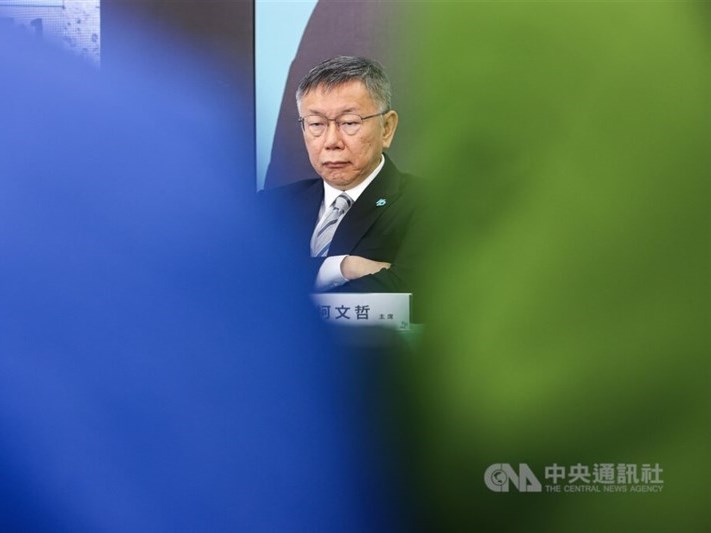The Taiwanese people will go to the polls on Jan. 13 to elect a new president and legislators.
(Full text of the story is now in CNA English news archive. To view the full story, you will need to be a subscribed member of the CNA archive. To subscribe, please read here.)
More in Q&A
![Why is Taiwan's Legislature suddenly talking about cousin marriage?]() Why is Taiwan's Legislature suddenly talking about cousin marriage?Taiwan's Legislative Research Bureau recently issued a report analyzing the possible relaxation of kinship marriage laws, following the high-profile case of a couple in Kaohsiung whose marriage was retroactively dissolved.11/25/2025 05:52 PM
Why is Taiwan's Legislature suddenly talking about cousin marriage?Taiwan's Legislative Research Bureau recently issued a report analyzing the possible relaxation of kinship marriage laws, following the high-profile case of a couple in Kaohsiung whose marriage was retroactively dissolved.11/25/2025 05:52 PM![What is Core Pacific Case, how is TPP Chairman Ko involved?]() What is Core Pacific Case, how is TPP Chairman Ko involved?The high-profile detention of former Taipei mayor and incumbent Taiwan People's Party (TPP) Chairman Ko Wen-je (柯文哲) was extended for another two months on Friday, as prosecutors continue their investigation into alleged corruption known locally as the "Core Pacific City case."11/01/2024 07:32 PM
What is Core Pacific Case, how is TPP Chairman Ko involved?The high-profile detention of former Taipei mayor and incumbent Taiwan People's Party (TPP) Chairman Ko Wen-je (柯文哲) was extended for another two months on Friday, as prosecutors continue their investigation into alleged corruption known locally as the "Core Pacific City case."11/01/2024 07:32 PM![Taiwan's free flu and COVID-19 vaccination program]() Taiwan's free flu and COVID-19 vaccination programTaiwan kicked off its free influenza and COVID-19 vaccination program at hospitals and other medical facilities across the country on Tuesday.10/01/2024 03:58 PM
Taiwan's free flu and COVID-19 vaccination programTaiwan kicked off its free influenza and COVID-19 vaccination program at hospitals and other medical facilities across the country on Tuesday.10/01/2024 03:58 PM
Latest
- Cross-Strait
- Business
GlobalWafers prepares for phase 2 investment in Texas
01/21/2026 09:05 PM - Sports
Record 10 Taiwanese athletes qualify for 2026 Olympic Winter Games
01/21/2026 08:56 PM - Society
Over 86% of Taiwanese satisfied with neighborhood security: Survey
01/21/2026 08:19 PM - Business
Less than 15% of TSMC advanced processes in U.S. by 2029: Expert
01/21/2026 06:54 PM


